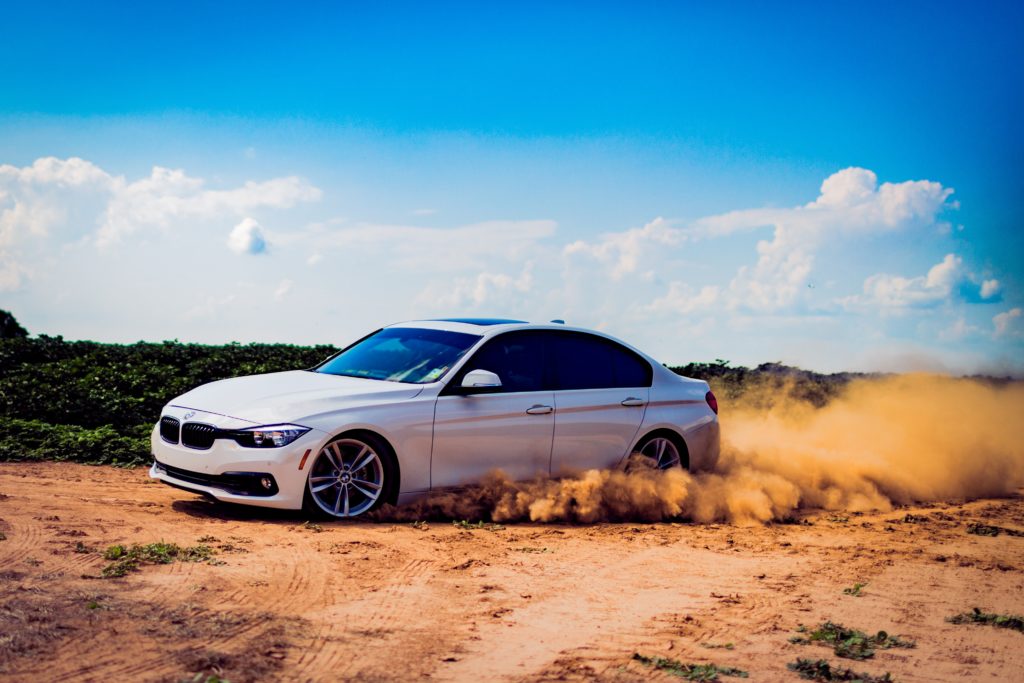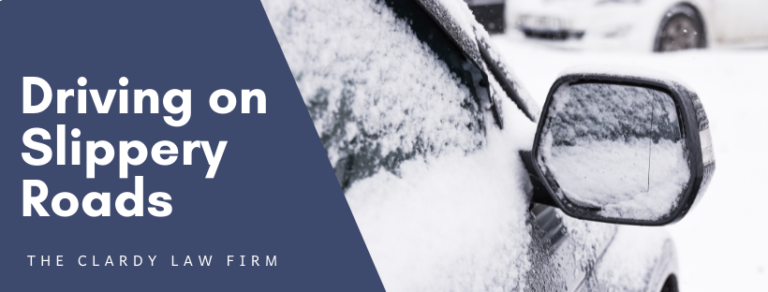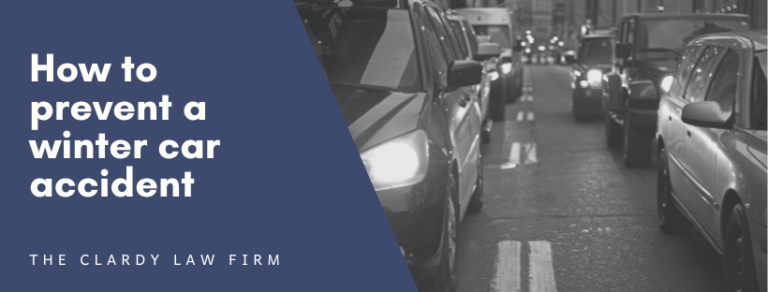Safe driving tips are hardly ever in short supply. The internet overflows with advice on the benefits of wearing seat-belts and the dangers of texting while driving. How about some new safe driving tips that could save you from filing an insurance claim or even potentially save your life?
- No Foggy Windows While Driving in the Rain
One of the most useful tips for safe driving when it’s raining comes down to 2 common household items: hot water + vinegar. A cup of hot water into which you pour a few tablespoons of plain vinegar is all you need to ensure safe driving in rainy conditions. Use a clean cloth or a couple of paper towels to dip into the bowl before wiping down your all your windows and rear view mirrors. Vinegar and hot water will keep your windows from fogging up throughout the day. Of course, it’s also important to check the weather forecast for rain before you get behind the wheel.
- Maintaining Acute Night Vision
Plans for a long drive at night are the perfect opportunity to test one of the most offbeat safe driving tips. Grab a pair of dark sunglasses before embarking on your long car-ride into the night. Don’t worry about being stylish, just make sure the lenses replicate as closely as possible the actual nighttime light conditions in which you will be driving. And, no, you won’t actually be driving with sunglasses at night. That would be one of the most irresponsible and unsafe driving tips found anywhere. The sunglasses are for wearing any time you stop the car to enter any building with lights on inside. The safety point at work here involves wearing your sunglasses to acclimate your eyes to the those new lighting conditions. Keeping your pupils protected from the light will mean taking less time for your eyes to readjust to night vision conditions. So when you get back on the road you aren’t struggling to see as much.
- Removing a Dead Manual Transmission Out of Danger
Just because the car won’t turn over when you turn the key is no reason to leave a stalled vehicle in the path of danger. If your car has decided to die at a site that subjects you and/or your car to even the slightest possibility of being hit by another vehicle, it is incumbent on you to move the vehicle to safety. Dead silence or that awful clicking sound when you turn the key in the ignition is actually a good thing in this situation. A dead battery or starter means that removing the vehicle from danger is as easy as simple physics. Get your passengers, or some helpful passersby, to help push. Do this after you have turned the key to the ON position and released the handbrake, pressed down on the clutch and put the car into second gear. Keep the clutch pressed down until you have reached maximum acceleration. Then slowly release it and give the car just a touch of gas. Be aware that the car may take an awkward hop forward as the clutch is released. Make sure that nobody is in front of you during this procedure.
- Cutting the Glare Reflected Off Your Own Hood
If you have one of those nice, shiny hoods, you know how it works against you. Mostly during certain parts of the day when the sun reflects off the slick surface to suddenly blind you. The secret to cutting down on the dangerous glare while still maintaining that gloss is to apply any basic liquid car polish to the area of your vehicle’s hood responsible for reflecting the glare of the sun up into your eyes. Allow the polish to dry but refrain from buffing until later that night. By the morning, you’ve got a powder finish capable of defeating glare better than the most expensive sunglasses.
- Curbing without Enthusiasm
Ever find yourself in a situation where you need to get your car up and over a curb or high shoulder? Do you try to take it nice and gentle by sidling up to the curb? Doing that can cause you to skid alongside the curb and bounce uncomfortably from one height to the next. That’s a potentially dangerous bit of driving. With the power to do much more serious damage to your vehicle than you might think. Since driving over a curb is going to cause uncomfortable bouncing anyway, why not get it over with quickly? Don’t try to gently work your wheels up over the curb from a parallel position. Instead, attempt to get the wheels positioned almost at a right angle to the curb. A quick bump up and over a curb is almost always preferable. As opposed to a gradual sliding up and over. Which comes with the possibility of allowing you to lose control of the entire vehicle. In most instances, the initially harsher right angle bounce will be potentially less dangerous. As well as less damaging than what may seem like the more preferable gentle approach.
To learn more about to do if you are injured even after following every safe driving tip you ever read, please feel free to Contact Us. We have assisted many people who found it daunting and difficult to get fair compensation from their auto accidents.





